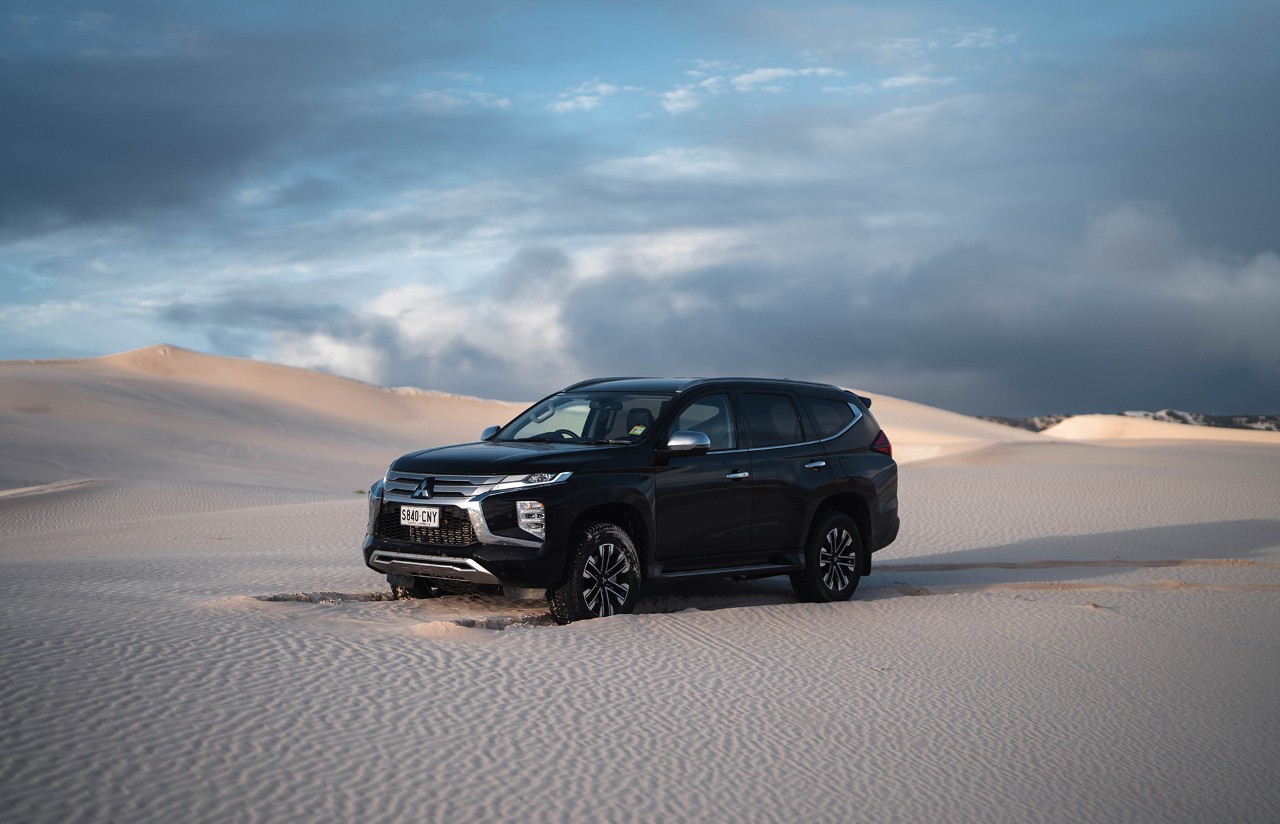Seasonal Driving Guide
When it comes to weather, it’s always best to expect the unexpected. Rain, heat, or extreme winds can appear at any time, and change your driving conditions drastically. As a safe seasonal driver, it’s important to be prepared for changing weather and ready to adapt to changing conditions on the road. Read on to find out top tips for seasonal driving in a wide range of conditions.
Practical driving advice to help you drive safely in any weather
How to drive in rain
We’ve all been caught in an unexpected downpour while on the road. When driving in the rain, the water on the road will make your car more prone to skidding or hydroplaning. Sheets of water can come between your tyre and the road, causing your vehicle to lose traction, and even to spin out of control. The best way to avoid the risk of skidding is simply to slow down. You should also keep your tyres well maintained so they have plenty of traction.
Driving in the rain will also increase your stopping time, so make sure to leave a gap of at least 4 or more seconds from the car in front of you. If the rain is very heavy, or the road is starting to flood, it’s best to pull over and wait for the hazardous conditions to pass. Avoid flooded areas completely, as cars can be carried away even in shallow water.
How to drive in extreme heat
Let’s face it; most Australians are more likely to do their seasonal driving in the heat than in the snow. Driving in extreme heat can make unsealed roads even more unsuitable for 2WD. If you’re driving a Mitsubishi with Super Select II, such as the Pajero Sport, be sure to switch to 4WD. Conditions on these roads can also become dusty in the heat, so leave a safe distance and slow down to reduce dust. Make sure you bring plenty of extra water, as well as emergency supplies in case you get stranded.
It’s also important to make sure your tyres are properly inflated, as the heat can cause under-inflated tyres to fail. You should also regularly check your car’s coolant, engine oil, and other fluids to make sure they’re at the recommended levels.

How to drive in the snow
Alpine conditions are less likely to hit unexpectedly, so you can make sure you’re thoroughly prepared. If you’re driving on snow, it’s recommend you fit your car with snow chains. Learn how to fit the chains before you go, so you can be prepared if snow occurs. It’s preferable to fit your chains at a chain bay, however if that isn’t possible make sure to turn your hazard lights on and choose a clear stretch of road with a safe shoulder. Cars with radial tyres shouldn’t travel faster than 40km/h when fitted with chains. Remove your snow chains as soon as it’s safe to do so.
When seasonal driving in the snow, remember to slow down and keep your headlights on at all times to increase your visibility. It takes longer to brake on snow and ice so leave extra room in front of you. Brake and accelerate slowly to avoid losing control of your vehicle. Advanced safety features such as the Outlander’s Super All Wheel Control (S-AWC) can also help keep you safe by optimally distributing torque to the left and right wheels. If you have S-AWC, be sure to switch your car to snow mode.
How to drive in extreme wind
Strong winds can be a hazard on the road no matter the size of your vehicle. When driving in extreme wind, be aware of anything on the side of the road that might blow into your path. Drive slower so you have more time to react if anything does blow onto the road in front of you. Give large vehicles a lot of space, as they are more likely to sway or veer. If you feel your car changing direction because of a strong side wind, gently steer in the opposite direction to return to the centre of the lane.
Navigating various weather conditions safely requires adaptability, preparation, and a vehicle you can trust. We hope this seasonal driving guide has equipped you with the knowledge and tips to handle whatever Mother Nature throws your way. For more helpful articles on car maintenance, safety checklists, and travel, explore the rest of the Mitsubishi blog. Explore the Mitsubishi range and discover all our vehicles, designed to handle all seasons with confidence.
.jpg)